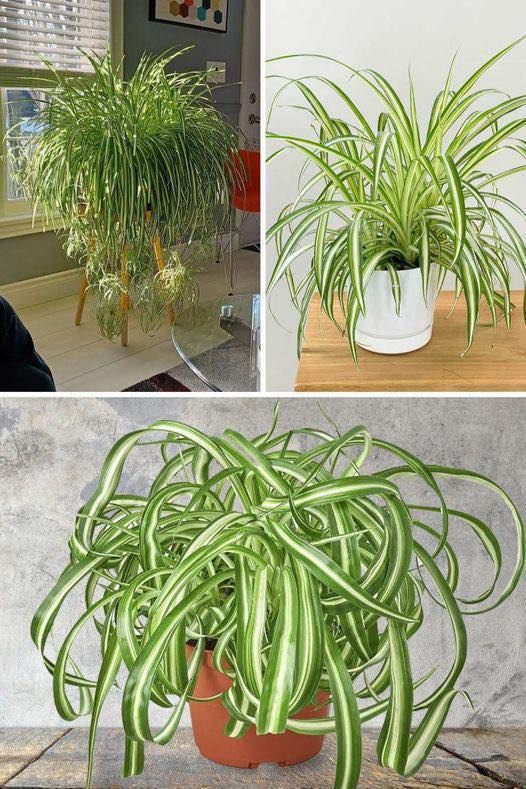ADVERTISEMENT
—
#### **Pruning and Propagation**
1. **Pruning:**
While the Spider Plant is low-maintenance, you can prune off dead or damaged leaves to keep it looking tidy. If the plant becomes too leggy or long, you can trim the leaves back slightly to encourage a bushier growth habit.
2. **Propagation:**
One of the most fun aspects of the Spider Plant is its ability to produce “babies” or offshoots, which can easily be propagated. To propagate:
– Cut the baby plant off the main stem, ensuring it has roots.
– Place it in a small pot with soil or a glass of water until it establishes roots. Once the roots are strong, it can be potted in soil.
—
#### **Common Issues and Troubleshooting**
1. **Brown Leaf Tips:**
Brown tips are common and can be caused by overwatering, underwatering, or fluoride in the water. Ensure you’re following proper watering guidelines and use distilled or non-fluoridated water.
2. **Yellowing Leaves:**
Yellowing leaves are often a sign of overwatering or nutrient deficiencies. Make sure the plant’s pot has proper drainage and avoid letting it sit in stagnant water.
3. **Pests:**
Spider plants are generally pest-resistant, but occasional infestations of aphids, spider mites, or mealybugs can occur. Treat with insecticidal soap or wipe the leaves with a damp cloth to remove pests.
—
#### **Final Thoughts**
The Spider Plant, with its charming arching leaves and easy-going nature, is a fantastic choice for both novice and seasoned plant enthusiasts. By providing the right amount of light, water, and care, you can enjoy a healthy, vibrant plant that brightens up any room.
With a little attention and love, your Phalanx will not only thrive but reward you with baby plants that you can propagate and share with others, continuing the cycle of beauty and growth.
ADVERTISEMENT
